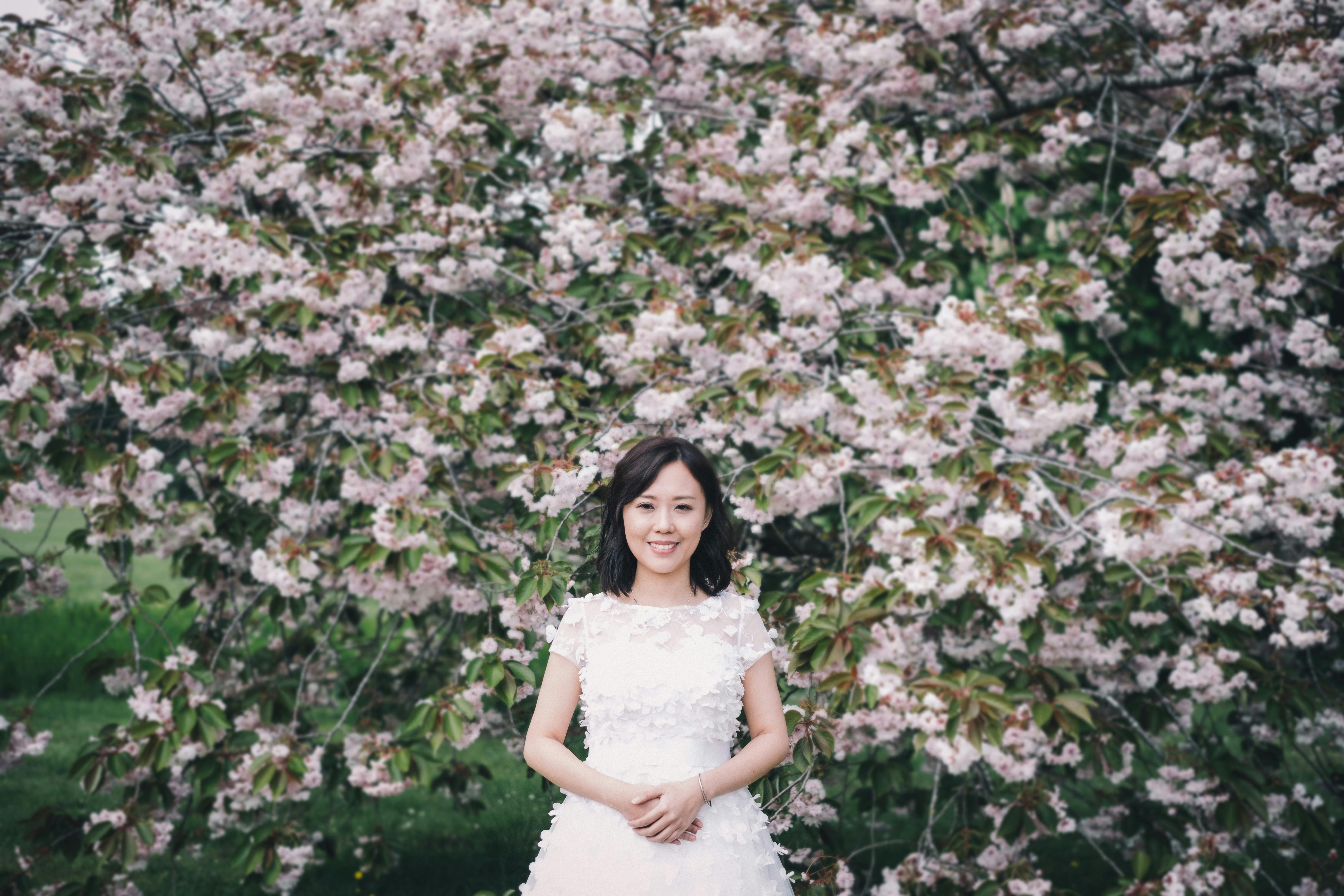Although https://www.britannica.com/biography/Saint-Valentine some classic wedding traditions were outlawed during the 85 years of Soviet/Russian rule, other folks endure. The wedding ceremony is a very important event in the lives of Central Asians. The celebrations are grand and lavish, often involving hundreds of persons. The practices are rooted in the nomadic past and reflect the areas of the region’s culture.
In a nutshell, the marriage method begins which has a matchmaker (gyumzhan) who actively seeks the right person to marry. The matchmaker considers the family background and finances of equally girls and boys. Your pregnancy dates are taken in consideration as a signal of abiliyy. Once the matchmaker is satisfied that both parties will certainly approve the marriage, he presents star of the wedding price towards the girl’s parents. This is normally a sum of money or goods such as silk dresses, handkerchiefs and shoes. The amount of new bride price varies between countries and cultures.
The groom after that transmits a gift towards the bride’s family group. If her family loves the present, that they accept the proposal and request the bridegroom to visit the girl in formula. The girl would probably then conceal behind a curtain in her residence and wait for a visitors. The girl was talented with a white cotton scarf (kriyk) as an omen of purity and her family members presented gifts.
Once the nikokh, or engagement, was agreed upon by both family members, the mother-in-law usually offers the young new bride earrings being a sign that she permitted the marriage. The groom will then visit the girl in secret once again, to request her turn in marriage.
Before the actual wedding day, equally families definitely will prepare for a large feast. The groom will present gifts towards the bride’s girl relatives as well. In certain parts of the country the groom will probably pay a dowry to her relatives. This was banned during the Soviet era yet is enduring upset in Turkmenistan, with 90% of all wedding ceremonies involving the payment of kalym. The dowry consist of horses, cattle, money, adornments and apparel.

Through the wedding party, both tourists will be registered by their others who live nearby. The customer list is normally large and reflects the social status of the people in the region.
The wedding is a very important coming back the Kyrgyz people. The family is regarded as the highest benefit in their world and having a category of your private means a lot. The best time of this year to experience a wedding with the autumn and late summer season dating a kyrgyz woman mainly because the weather is comfortable and inexpensive.
Beyond the big wedding, the star of the wedding will be invited to many other parties organised by her new in-laws. The wedding season lasts for weeks, in addition to some regions even months. The guests happen to be served having a great number of food such as traditional grain dishes, mutton stew, soups and dumplings. Crimson, which is the color of happiness, is a very essential color in wedding design and food.

